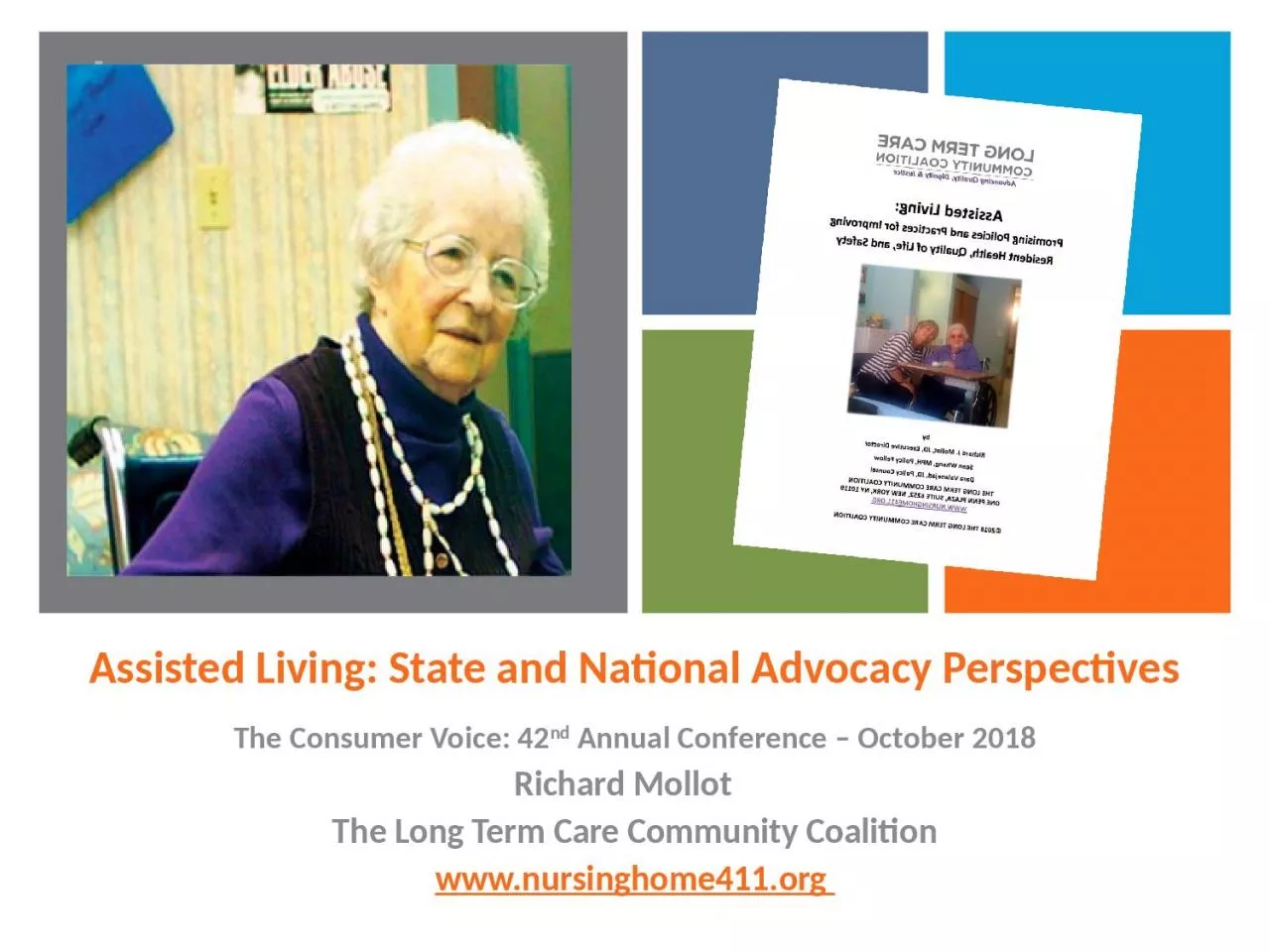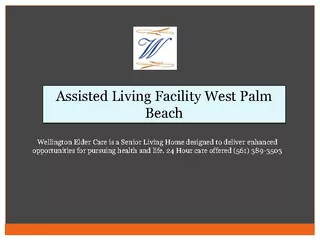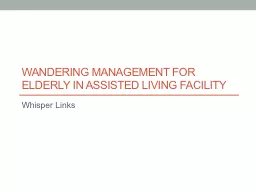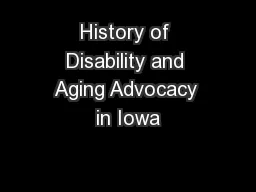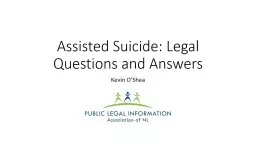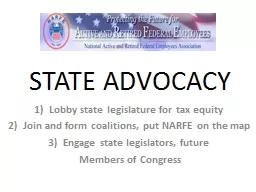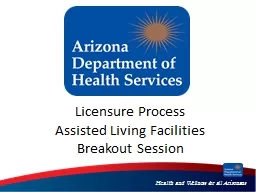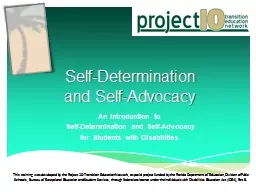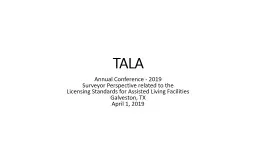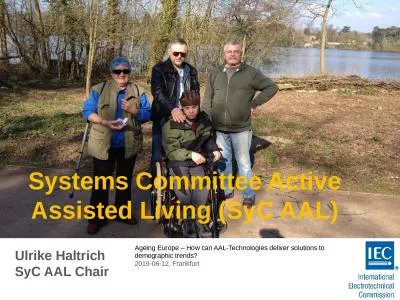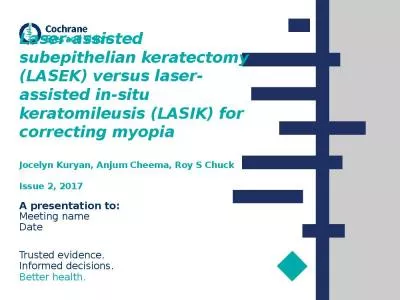PPT-Assisted Living: State and National Advocacy Perspectives
Author : reagan | Published Date : 2024-01-03
The Consumer Voice 42 nd Annual Conference October 2018 Richard Mollot The Long Term Care Community Coalition wwwnursinghome411org Residential LTC in the USA
Presentation Embed Code
Download Presentation
Download Presentation The PPT/PDF document "Assisted Living: State and National Advo..." is the property of its rightful owner. Permission is granted to download and print the materials on this website for personal, non-commercial use only, and to display it on your personal computer provided you do not modify the materials and that you retain all copyright notices contained in the materials. By downloading content from our website, you accept the terms of this agreement.
Assisted Living: State and National Advocacy Perspectives: Transcript
Download Rules Of Document
"Assisted Living: State and National Advocacy Perspectives"The content belongs to its owner. You may download and print it for personal use, without modification, and keep all copyright notices. By downloading, you agree to these terms.
Related Documents

